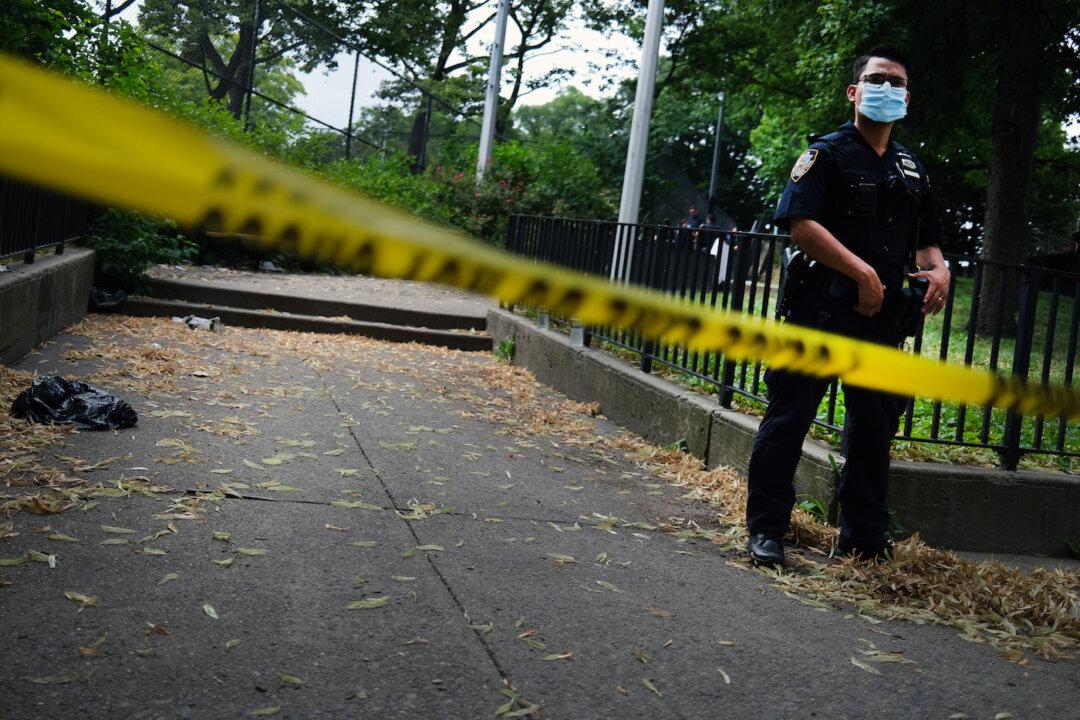New research has found that the 2020 homicide surge was weaker in Republican-voting counties, not linked to gun sale increases or COVID-19, and higher among black Americans, adding to a deeply contentious debate over the violence that shook the United States that year.
“Some people were claiming there was not a spike or that it is in Republican states, and others were claiming it just had to do with COVID,” Christos Makridis, a fellow at the conservative Manhattan Institute and lead author of the new analysis, said in an email interview with The Epoch Times.





